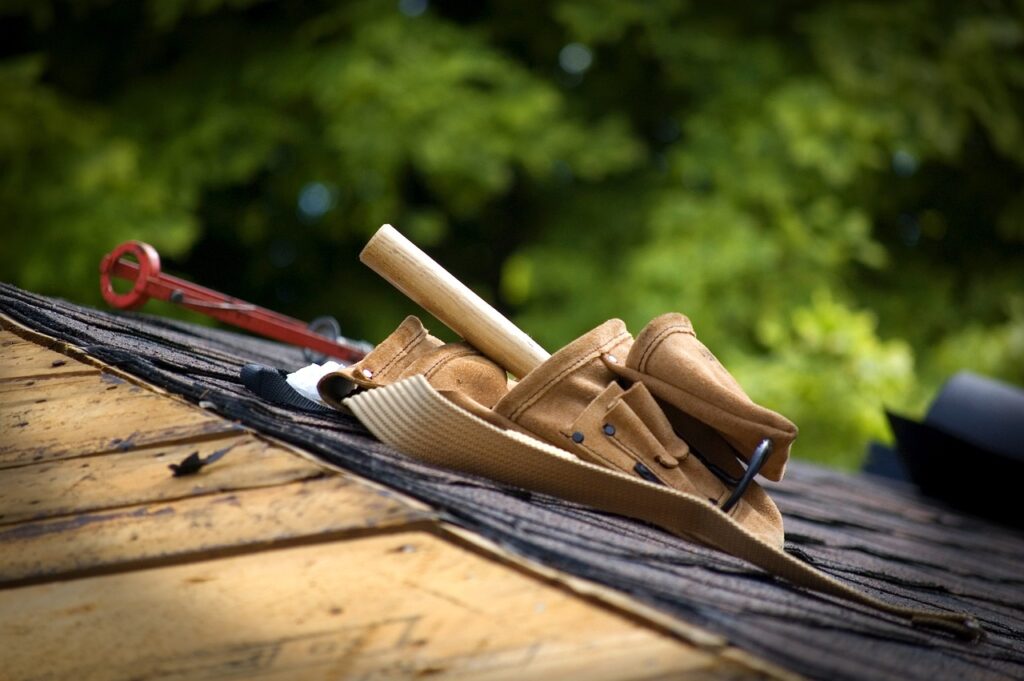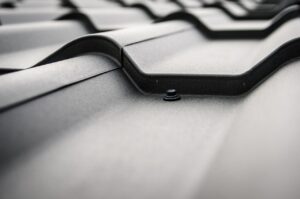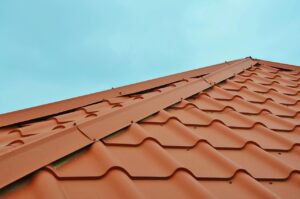A Guide To Emergency Roof Repairs: What To Do After A Storm
After a severe storm, your roof may be damaged and in need of immediate attention. This guide will provide you with essential steps to take after a storm for emergency roof repairs.
Assessing the extent of the damage is crucial to determine the necessary repairs. Look for signs of leaks and missing shingles as these are common issues after a storm.
To provide immediate protection, temporary fixes can be implemented, such as using tarps or sealants. However, it is important to remember that these fixes are temporary and should be followed up with professional repairs.
Hiring a reputable roofing contractor is essential to ensure the proper restoration of your roof.
Lastly, taking preventive measures for future storms, such as regular roof inspections and maintenance, will help avoid further damage. By following this guide, you can effectively handle emergency roof repairs and safeguard your home from further harm.
Assessing Roof Damage
Now that you've weathered the storm, it's time to take a closer look at your roof and assess any potential damage.
Start by inspecting the exterior of your home, paying close attention to the roof's surface. Look for missing or damaged shingles, as well as any signs of leaks or water damage. Check for any loose or cracked tiles, as they can also indicate roof damage. Don't forget to examine the gutters and downspouts for debris or blockages.
Inside your home, check for water stains on the ceiling or walls, as this can be a sign of roof leaks. If you notice any significant damage, it's important to contact a professional roofer to assess the situation and make any necessary repairs.
Remember, addressing roof damage promptly can help prevent further issues down the line.
Identifying Leaks and Missing Shingles
Immediately after a storm, you'll want to check for any signs of leaks or missing shingles. Start by inspecting your attic for water stains or damp spots on the ceiling. These are clear indications of a leak. If you notice any, place a bucket or container under the leak to catch the water and prevent further damage.
Next, examine the exterior of your roof for missing or damaged shingles. Look for gaps or areas where the shingles are curled or lifted. These can allow water to seep through and cause leaks. If you find any missing shingles, it's important to replace them as soon as possible to protect your roof from further damage.
Remember, addressing leaks and missing shingles promptly can minimize the risk of additional problems and costly repairs.
Temporary Fixes for Immediate Protection
To provide some temporary relief and protect your home, it's crucial to explore quick fixes that can shield your roof from further damage.
After a storm, one immediate fix you can do is to cover any exposed areas with a tarp. This will help prevent any water from seeping through and causing more leaks. Secure the tarp tightly with nails or heavy objects to keep it in place.
If you notice any missing shingles, you can use roofing cement to temporarily seal the gaps and prevent water from entering. Apply the cement generously, making sure to cover the edges and corners of the shingles.
Remember that these fixes are temporary solutions and should only be used until a professional can assess and repair the damage properly.
Hiring a Professional Roofing Contractor
When you're faced with the task of finding a professional roofing contractor, envision a skilled expert arriving at your doorstep, equipped with the necessary tools and knowledge to restore your roof to its former glory.
Hiring a professional roofing contractor is crucial after a storm because they have the expertise to assess the damage accurately and provide the necessary repairs. They are trained to identify hidden issues that may not be apparent to the untrained eye, preventing further damage in the long run.
Additionally, professional contractors have access to high-quality materials and equipment, ensuring that the repairs are done effectively and efficiently. They also have the necessary insurance coverage, protecting you from any liability in case of accidents or damages during the repair process.
By hiring a professional roofing contractor, you can have peace of mind knowing that your roof is in capable hands.
Preventive Measures for Future Storms
One way to ensure the safety of your home during future storms is by taking preventive measures. Start by inspecting your roof regularly to identify any weak spots or damage that could potentially worsen during a storm.
Trim overhanging tree branches that could break and cause damage to your roof. Reinforce loose or damaged shingles and fix any leaks before they become bigger issues. Consider installing storm shutters or impact-resistant windows to protect your home from flying debris.
Additionally, clean out your gutters and downspouts to prevent clogs and ensure proper drainage during heavy rainfall. It's also a good idea to have an emergency kit ready with essentials like flashlights, batteries, and a portable radio.

By taking these preventive measures, you can minimize the potential damage to your roof and keep your home safe during future storms.
Conclusion
In conclusion, you now have a clear understanding of what to do after a storm when it comes to emergency roof repairs. By assessing the damage and identifying leaks and missing shingles, you can provide immediate protection for your home. Implement temporary fixes to address the issues. Remember to hire a professional roofing contractor for permanent repairs. Also, consider preventive measures for future storms. With these steps, you'll be well-prepared to handle any roofing issues that may arise in the aftermath of a storm. Stay safe and take care of your roof!

